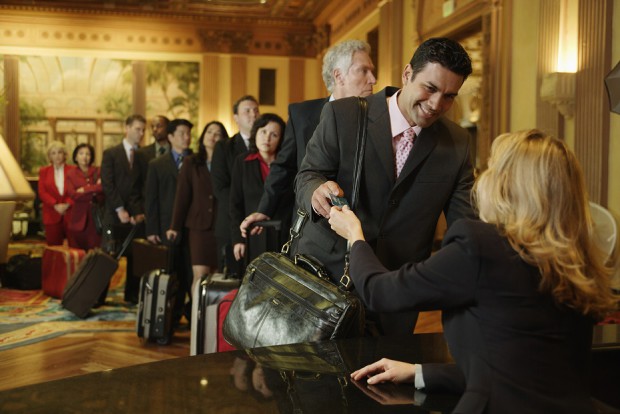5 tips when planning a company away day
Away days are meant to be a fun break from the norm – but not if you’re organising them. They take a lot of planning, and sometimes things can get overlooked…
Taking employees out of the working environment is a chance to build relationships and boost morale. While planning an away day’s schedule and content is a big deal, it’s also important to pay attention to the finer details.

We offer a helping hand with a few tips on organising your time away from the office…
1. Consider overnight accommodation
How long will it take people to travel to your chosen venue? If those attending the meeting have a long way to travel – ie more than a couple of hours – it makes sense to book an overnight stay, especially if the event is kicking off early.
If possible, try to get a look at the facilities before booking the venue and talk to their manager.
Getting everyone together the evening before also gives people the opportunity to socialise informally so team-building can begin ahead of the official activities.
2. Assess parking and transport needs
The physical location of your event is an important consideration. Is it easily accessible by public transport, as not everyone in your company may be able to drive? If it isn’t you might need to provide transport by hiring a minibus or coach.
It might be helpful to send attendees a map or directions to the venue because not everybody uses satnav. It’s also worth checking whether there’s ample parking at the site as staff are likely to turn up grumpy if they’ve been driving around for ages struggling to find a space.

3. Book suitable meeting rooms
An away day will usually require hiring meeting rooms. Too often at these events people are crammed in like sardines, so make sure the rooms are plenty big enough for all your requirements and the layout of the seating and tables is appropriate.
Formal presentations work well with chairs in rows, while smaller meetings can have a boardroom set-up. If you’re planning a relaxed team meeting or creative session, sofa chairs and coffee tables are more informal.
4. Ask about dietary requirements
Whether it’s breakfast, lunch or dinner, the attendees are going to have to eat at some point during the day. Make sure your menu accommodates any special dietary requirements or food allergies.
It’s also great if your caterers are flexible enough to deal with any unexpected requests or changes in timetable on the day. Even though it might not seem that important in the grand scheme of things, problems with the food can put a massive downer on the day.
Posted by Ashleigh Sharp
Share this post
Tags
- Career Development
- Celebrity Meetings
- Conferences
- Confidence
- Exhibitions
- Historic Meetings
- How to Interview Effectively
- Human Resources
- In The Press
- Meetings and Conferences
- Monarchy
- News
- Our Team
- Personal Development
- Personnel
- Presentation Techniques
- Teamwork
- Top Tips for Meetings
- Training & Workshops
- Video Conferences



